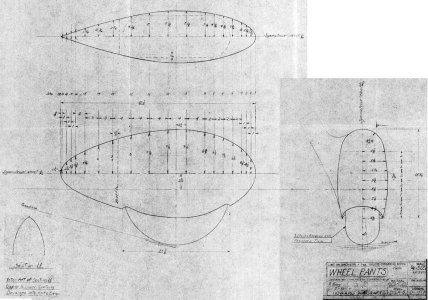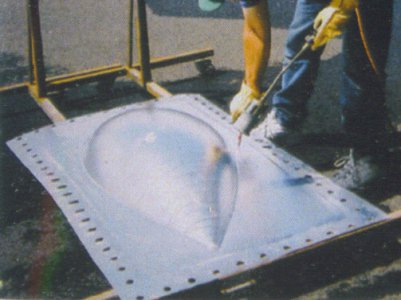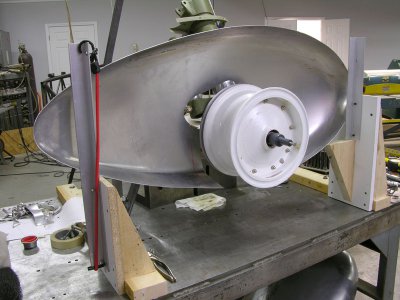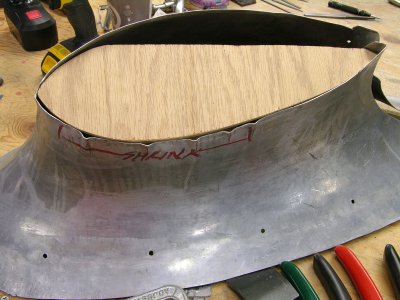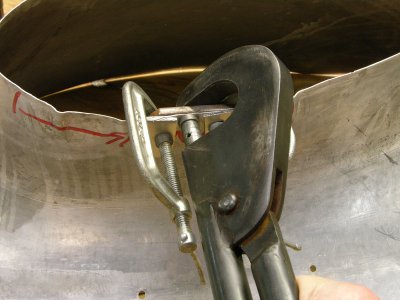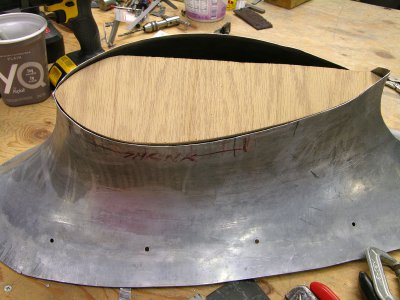- Joined
- Jan 2, 2014
- Messages
- 8,852
I designed some clamps in Solidworks to help position the parts during the tack weld process. I tried 3/32" Clecos with two plates to capture the edges but the gap was way too large to deal with. The clamps I made use .015" spring steel (something I had on hand) which makes for a fairly tight joint. The problem is that when the tacks shrink they tend to trap the clamp requiring I either tap the clamps away from the tack or remove them by disassembling them.
Brilliant idea for clamps!!!!
I will have to save those photos when I'm back on my home PC.
......but it is meant as the sincerest form of flattery!
Thanks for sharing all this info!
-brino


